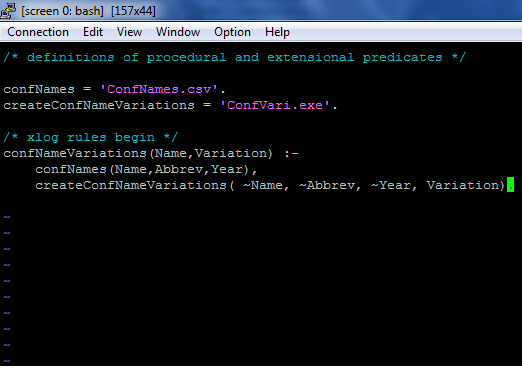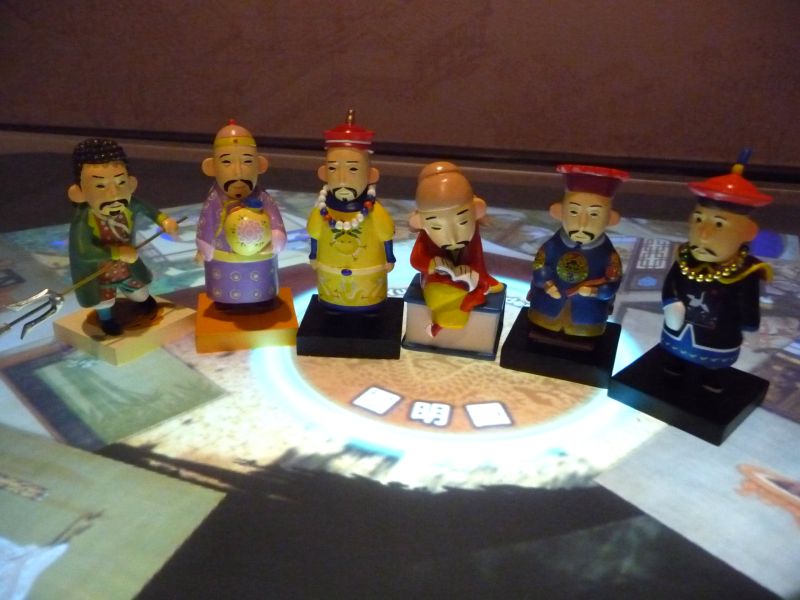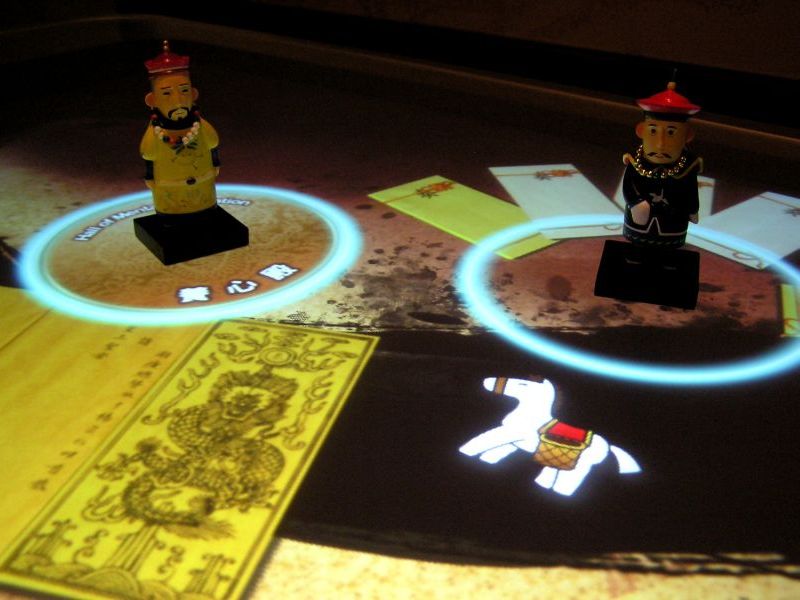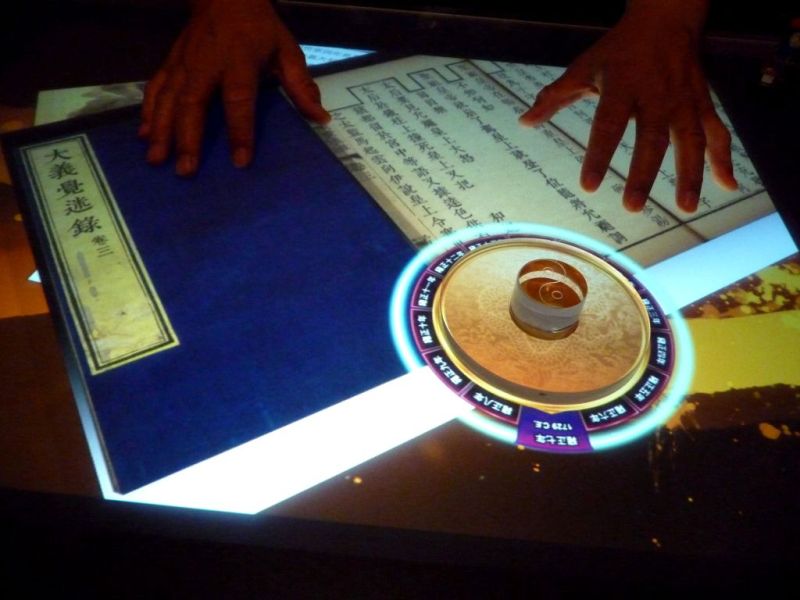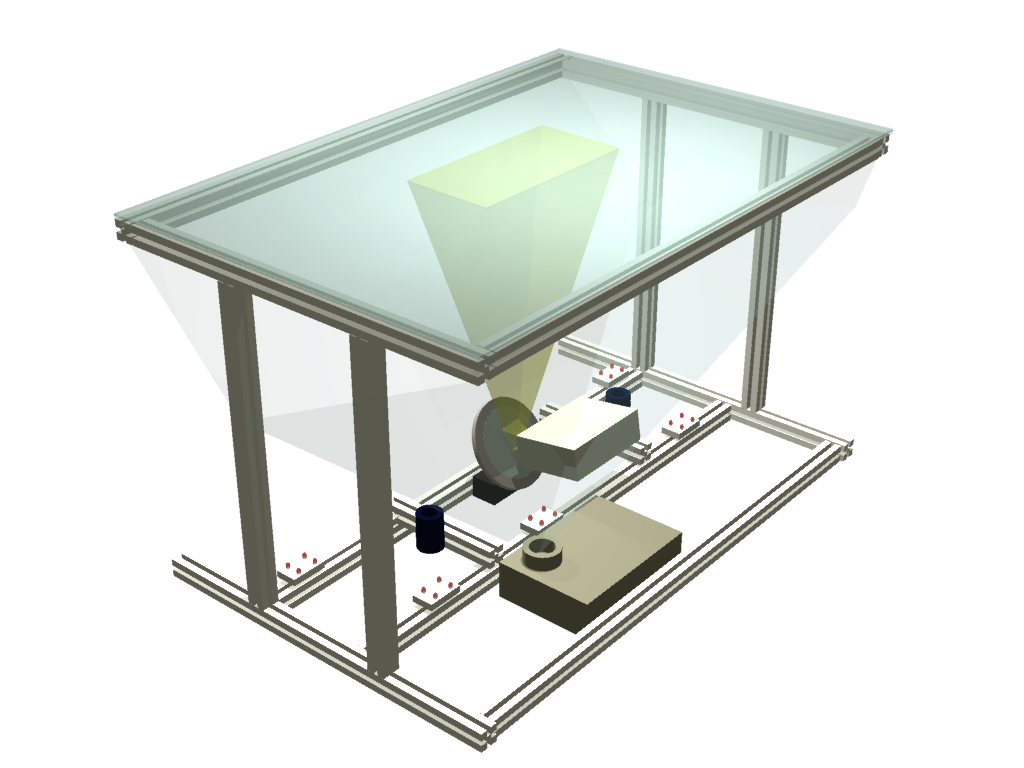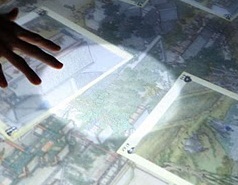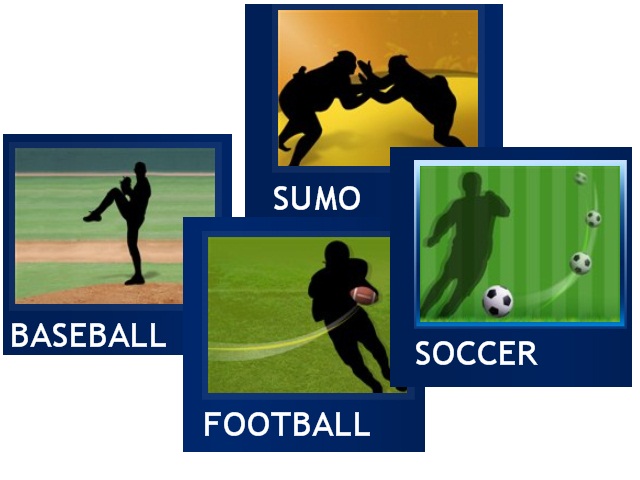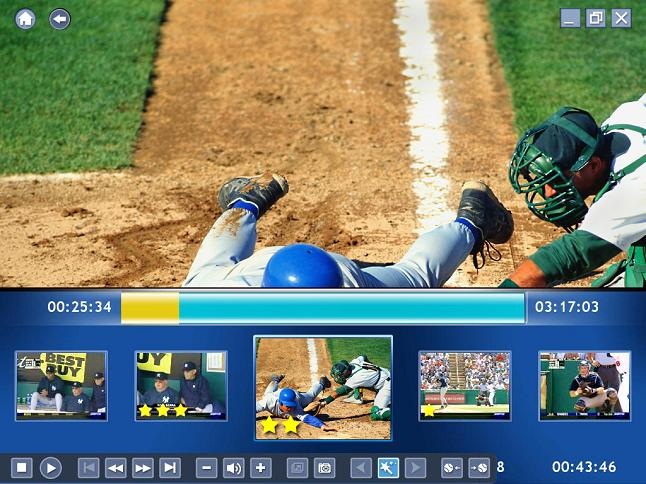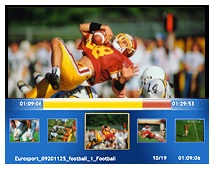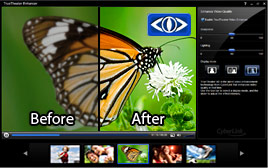TrueTheater Enhancer
2006 to 2007 @ CyberLink
TrueTheater Enhancer is a technique used to improve the quality
of a video. This technique includes video frame-interpolation,
lighting adjustment, and noise reduction. Common video problems
such as judders, bad-lightings, and serious noises can be fixed by
this technique.
In this project, I mainly dealt with the problem of judder, a common
visual artifact that often occurs when film is transferred to video.
Because films are made in 24 fps, but televisions use 60Hz vertical
scanning frequency, such inconsistency causes some frames appear
longer than others in order to fit the scanning frequency, and thus
causes judders.
To deal with the problem, True Theater Technique transforms films
from 24 fps to 60fps. The picture on the left is an example of True
Theater. On the left of the picture shows the original video with
24 fps. After applying True Theater Technique, the video will be
transformed into 60 fps. Frames containing non-integer frame
numbers are those interpolated frame.
To see more detail, please click the picture.
|
